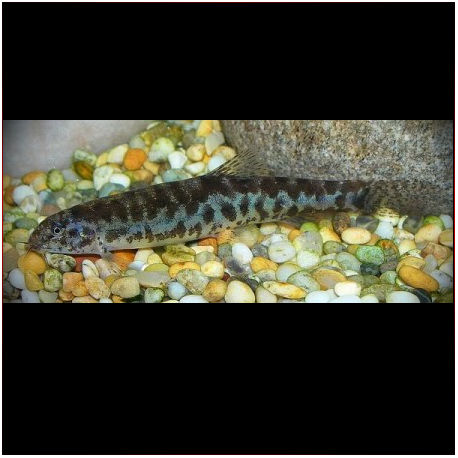More info
Datasheet
| Minimum Tank Size | 40 litres / 10.57 US gallons |
| Maximum Size | 5.5cm / 2.17inches |
| Temperature | 23°C / 73.40°F - 26°C / 78.80°F |
| Hardness | 1.01dgH / 18ppm - 10.03dgH / 179ppm |
| pH | 6.0-7.5 |
General Description
Lepidocephalichthys spp., commonly known as Vietnamese Marbled Hog-Faced Loaches, are a peaceful species within the loach family Cobitidae. They are micropredators that sift through substrate for food, extracting insect larvae and small crustaceans. These small fish have a maximum size of 5.5cm and require a minimum tank size of 40 litres.
Aquarium Setup
To house Lepidocephalichthys spp., a soft, sandy substrate is essential as they spend time buried or partially buried. Coarser gravel can stress or injure them. Decorate the tank with water-worn rocks, driftwood branches, and tree roots to create hiding spots and shaded areas. Dim lighting is suitable unless growing plants is a goal. Avoid high flow rates in water, but ensure proper oxygenation. Secure the tank to prevent jumping, a behavior common in loaches.
Behaviour
These loaches are peaceful with tankmates and conspecifics, thriving best in groups of four or more. The presence of fish in the upper water column helps reduce timidity, as their absence signals danger in nature. They may prey on eggs or fry but do not harm other fish species. Lepidocephalichthys spp. should ideally coexist with fish from similar environments, such as Trichopodus, Trichogaster, Trichopsis, or specific Danio species.
Feeding and Diet
In the aquarium, Lepidocephalichthys spp. accept sinking dried foods and should also be fed small live or frozen food like Daphnia, Artemia, and bloodworms. Their diet consists of general micropredatory behavior, filtering food from substrate through their gills.
Reproduction & Dimorphism
Although presumed to be seasonal spawners in nature, there is no recorded captive breeding of Lepidocephalichthys spp. Mature males exhibit enlarged pectoral fins with fused inner rays, forming a structure known as the lamina circularis. Females are generally larger and heavier than males.
Habitat and Distribution
While reports are unconfirmed, Lepidocephalichthys spp. are believed to inhabit the coastal province of D'Nang in central Vietnam. Typically found in shallow, slow-moving streams, swamps, oxbows, and paddy fields, they prefer heavily vegetated areas with soft mud substrates. These fish can adapt to varying water conditions, even using their intestines as a supplementary breathing organ during oxygen-depleted periods.

